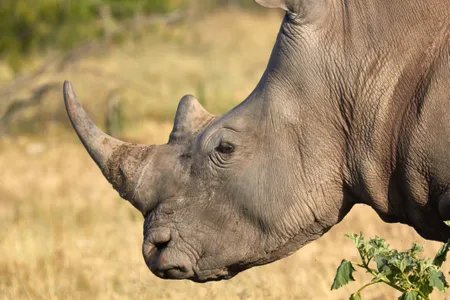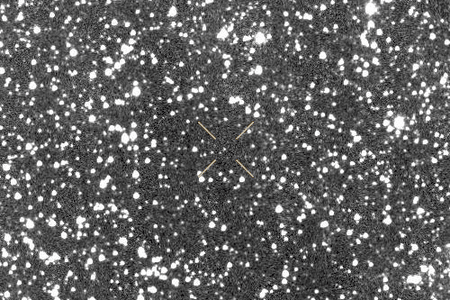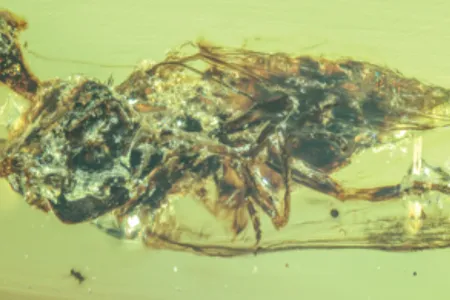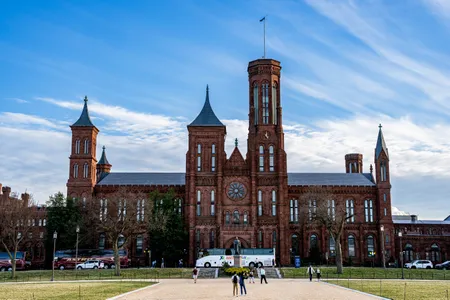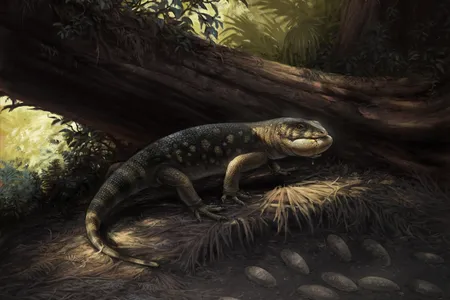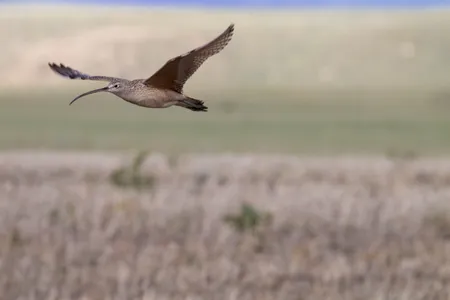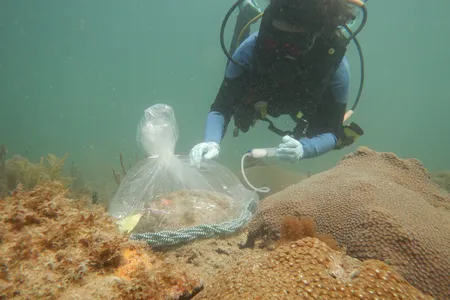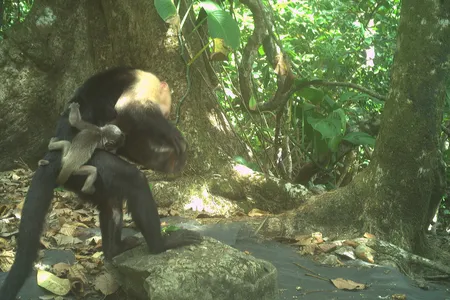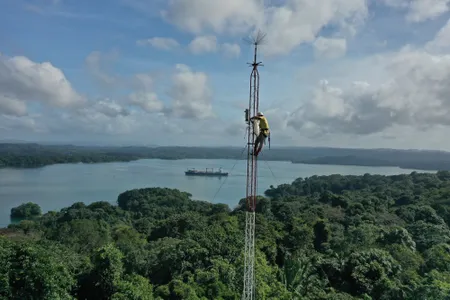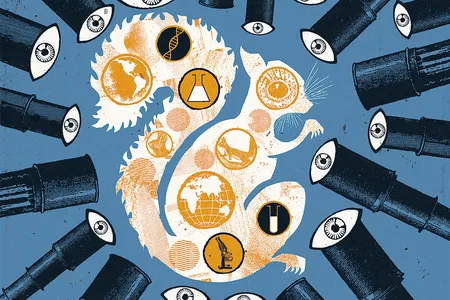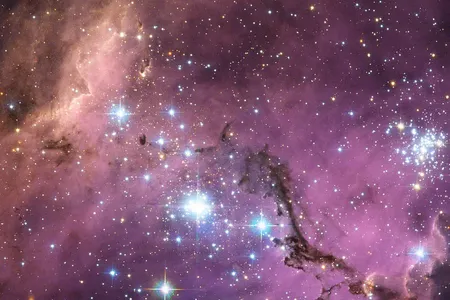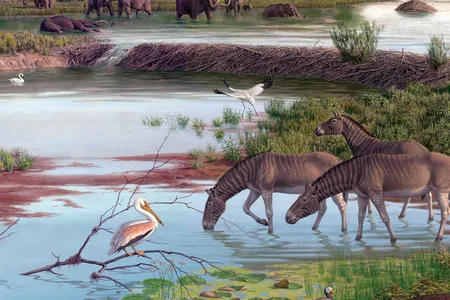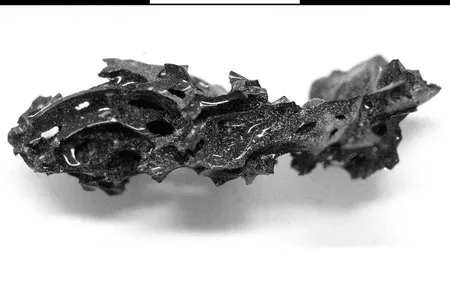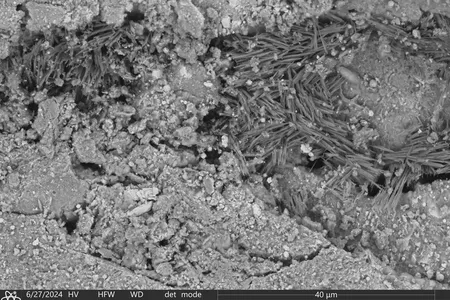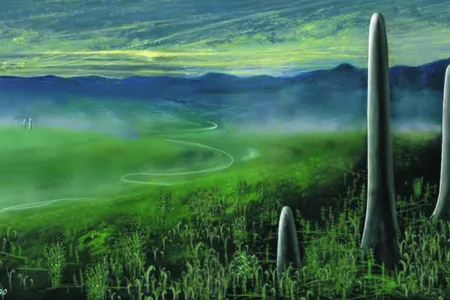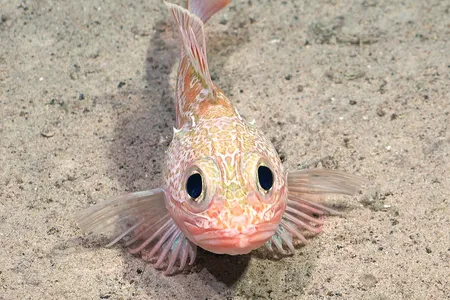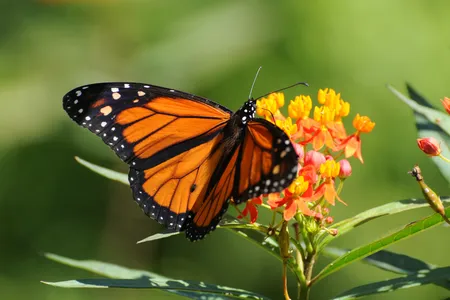Scientists Recover Ancient Proteins From Animal Teeth Up to 24 Million Years Old, Opening Doors to Learning About the Past
Two new papers analyze fossils found in Canada and Kenya, respectively—vastly different environments for the preservation of genetic material
A Rare Interstellar Object Is Blazing Through Our Solar System, Marking Only the Third Cosmic Visitor on Record
The comet follows just two other deep space objects documented by astronomers in 2017 and 2019
Rare Amber Fossils Capture ‘Zombie’ Fungus Infecting Insects During a Time When Dinosaurs Still Walked the Earth
An ant and fly from the Cretaceous period offer insights into the history of Ophiocordyceps, the fungal parasite made popular by HBO’s “The Last of Us”
Bricks From a Historic Atlantic City Church Are Getting a Second Life at the Smithsonian Castle
The First Presbyterian Church’s rare sandstone bricks will be transported to Washington, D.C., where they’ll be used to restore a 170-year-old Smithsonian building on the National Mall
Iconic ‘Dragon Man’ Skull Offers First Glimpse of What a Denisovan’s Face Looked Like, New Genetic Studies Suggest
The mysterious ancient humans were only known from fossil fragments. Now, two papers argue a skull uncovered in China belongs to this group, after examining preserved DNA and proteins
A Jar of Fossil Bones Long Stored at a Museum Led Scientists to Discover a Goblin-Like Lizard From 76 Million Years Ago
Fossils described in a new study speak to a previously unknown large-bodied lizard diversity that existed alongside dinosaurs
Nesting Birds Eavesdrop on Prairie Dog Alarm Calls to Keep Their Eggs Safe From Grassland Predators
New research suggests long-billed curlews keep an ear out for warnings from prairie dogs in order to hide from predators and protect their nests
A Deadly Disease Is Eating Away at Caribbean Corals and Wreaking Havoc on Reefs. Could Probiotics Be the Solution?
New research suggests the probiotic McH1-7 could help stop the spread of stony coral tissue loss disease among wild corals near Fort Lauderdale, Florida
Capuchin Monkeys Caught on Camera ‘Abducting’ Baby Howler Monkeys in a Strange Tradition Seen for the First Time
Scientists on Panama’s Jicarón Island were mystified by photos and videos of young male capuchins carrying howler monkeys on their backs for days at a time
Being Struck by Lightning Is No Big Deal for This Tropical Tree—the Zap Even Gives It a Boost
The almendro tree may have evolved to attract lightning, which helps clear more space for it to grow, according to new research
A Peculiar, Short-Lived Office at the Smithsonian Once Explored Reports of Bizarre Natural Phenomena
From surprising squirrel migrations to islands popping up out of nowhere, the organization’s scientists tracked strange events as they happened
Astronomers Discover Evidence of a Stealthy Supermassive Black Hole Hiding Right ‘Under Our Noses’
The Large Magellanic Cloud is one of the most well-studied galaxies, but new findings suggest it might have been holding a giant secret
See Stunning Illustrations of Prehistoric Life From One of the Most Renowned Paleoartists in the World
A new book highlights the beautiful work of Jay Matternes, an accomplished artist who drew everything from mammoths to early humans
Vesuvius Turned a Roman Man’s Brain Into Glass. Now, Scientists Reveal How the Extremely Rare Preservation Happened
The remains of a young man, found in his bed in the destroyed town of Herculaneum, included glassy fragments that had mystified archaeologists
An Amateur Astronomer Seemingly Spotted a New Asteroid. It Turned Out to Be a Tesla in Space
The car, launched in 2018 on a SpaceX rocket’s upper stage, is one of many human-made objects in deep space that could potentially be mistaken for natural celestial bodies
Scientists Discover Traces of Salt Water and Building Blocks of Life in NASA’s Samples From the Asteroid Bennu
Two new papers describe hints to a brine-filled environment on the 4.5-billion-year-old space rock and the presence of amino acids, offering clues to how early Earth got its ingredients for life
Giant, Mysterious Spires Ruled the Earth Long Before Trees Did. What Exactly Are These Odd-Looking Fossils?
For more than 150 years, scientists have debated whether Prototaxites—which stood roughly 24 feet tall and 3 feet wide—were an early lichen or fungus, like a “giant mushroom”
The Head of the Smithsonian Talks About America’s 250th, Why Experts Still Matter and What to Expect From the Institution in 2025
In an extensive interview, Secretary Lonnie G. Bunch III spoke on the current political climate, the process of returning human remains from the Institution’s collections, the awe-inspiring scope of Smithsonian science and much more
The Ten Most Awe-Inspiring Ocean Moments of 2024
From animal journeys across oceans to the discovery of dozens of new species in the deep sea, these stories wowed us
Monarch Butterflies Might Soon Be Listed as Threatened Under the Endangered Species Act
If a new proposal is adopted, the insects would become the most commonly seen species to be the subject of federal protection under this law
Page 1 of 77
